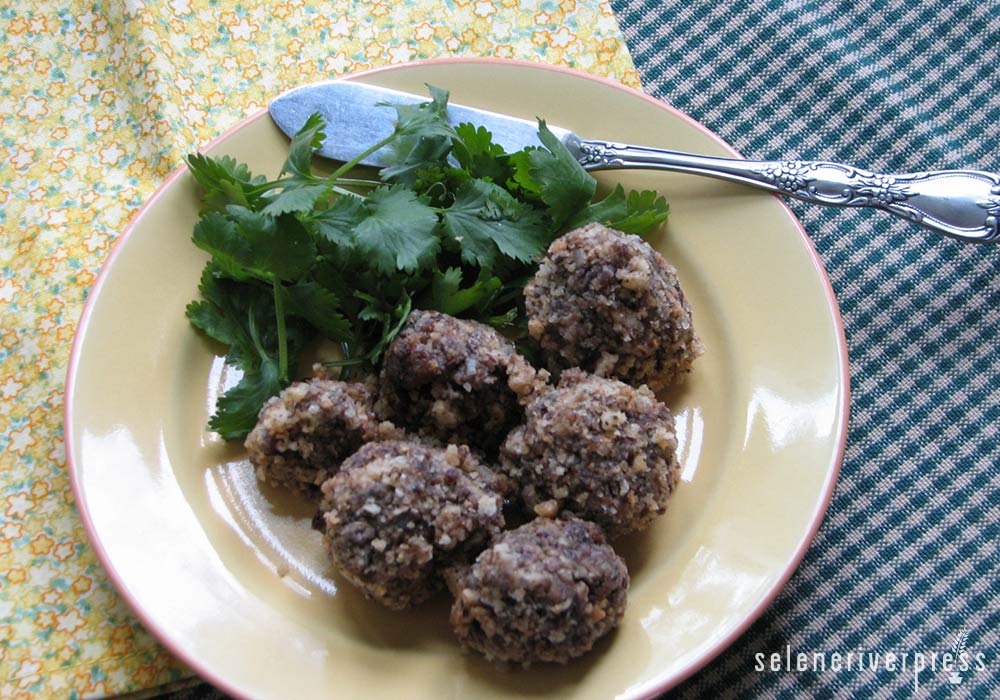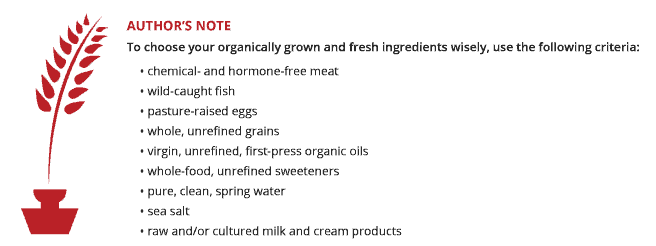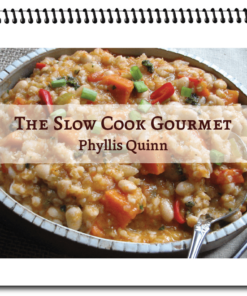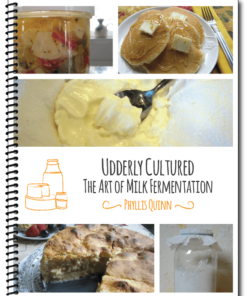Ask Chef Phyllis:
I recently watched celebrity chef Wolfgang Puck stop by Late Night with Stephen Colbert. He presented a very expensive gift to the host—a tiny truffle that was worth $300! Colbert smelled it and took a bite, but he didn’t seem to enjoy the taste (although he did like the aroma). Even for a special occasion, I won’t be buying one of these in the near future. Still, I’d like to know more about them and if there’s such a thing as “mock truffles.” Aren’t truffles just a kind of mushroom?
—Tina Valerio from Salt Lake City, Utah
Food fascinates me, Tina. I research every question I receive with great enthusiasm. The history of who first discovered truffles—and who first had the courage to eat one—is definitely interesting to me. But that’s another post.
Here’s what I discovered: The musky, appealing, and almost addictive aroma of truffles excites us humans because it’s derived from a pheromone, androstenol, that we’re naturally attracted to. Perhaps that’s how ancient cultures first discovered them.
A fascinating fungus similar to mushrooms, truffles are found underground (sometimes as much as three feet down). The vegetative part of the fungus, called mycelium, can often be found around the roots of several species of trees, including oaks.
The TED talk “How Trees Talk to Each Other” by ecologist Suzanne Simard, a professor at the University of British Columbia, explains how tree roots and mycelium communicate. Although Professor Simard doesn’t include truffles in her talk, the mycelia is where they live and thrive, where they’re consumed, and where their spores are released. I see a human connection.
Unlike mushrooms, we don’t have a good method of cultivating truffles, thus they remain extremely expensive. They’re abundant in regions of Italy and France from early autumn to midspring, but less so in the United States and other parts of Europe and China.
Strange as this sounds, the French use sniffing pigs to find truffles, as pigs seem even more drawn to the pheromone than humans. Italians, on the other hand, use trained dogs to dig them out. Specifically, Lagotto Romagnolos because this breed excels at uncovering truffles, and they’re less inclined to eat the prize than the truffle-snorting pig.
There are a few distinct varieties of truffles known for their pungency, aroma, and flavor in the culinary world. In particular, the black truffle of Perigord, France, and the rarer white truffle of Piedmontese, Italy. Needless to say, truffles are highly prized in cooking. Even a small, fresh truffle can perfume a whole dish with its unmistakable aroma. I admit that, to me, truffles smell like a full-bodied, sweaty- musky mushrooms, and they make my mouth water. But I’m surely no connoisseur and have had little experience with this culinary treasure.
I discovered some older recipes for truffles that call for a half pound of this precious ingredient. But as this is an extravagance not available to most of us, I found a recipe for mock truffles that will hopefully satisfy your curiosity as well as your taste buds.
Mock Truffles
Chef’s tip: Fresh truffles are usually served raw, slightly heated, and then grated or shaved over your favorite dish—often a plate of pasta, risotto, creamed spinach, nettles or other greens, polenta, eggs, poultry, or meat. For the full experience, I’d use them over a thick, juicy steak basted in butter as my first choice (that is, if the cost of truffles weren’t an issue). However, slathering these mock truffles under the breast skin of a chicken before roasting is probably better for your first try. In medieval times, a roasted bird with truffles or truffle butter under the skin was considered the ultimate dinner for a wedding feast. I can see why.
Ingredients
4 tablespoons dried mushrooms (these are usually imported)
1 lb. medium to large brown mushrooms, such as cremini or baby bella, sliced
¼ cup olive oil
1 shallot, finely chopped or pressed through a garlic press
½ clove garlic, pressed through a garlic press
¼ teaspoon sea salt
½ teaspoon ground white or black pepper
Instructions
- Soak dried mushrooms in 1 cup very hot water for 30 minutes or longer.
- Brush dirt off brown mushrooms if necessary, but don’t wash them (save stems for a future soup stock). Slice caps in ¼-inch thick slices.
- Heat olive oil. Fry the brown mushrooms in high heat until brown and crisp (about 15–20 minutes).
- Drain the soaked mushrooms and chop finely. Combined soaked and fried mushrooms into a small deep bowl. Add shallot, garlic, salt, and pepper. Mix well. Cover bowl and leave at room temperature 9–12 hours. After that time, store in the refrigerator.
- Your mock truffle is ready to use. You may use the truffle mixture as is or gather walnut-sized portions in your hand to form into a mock truffles. I was amazed how much it resembles the real thing.
Image from Phyllis Quinn.





